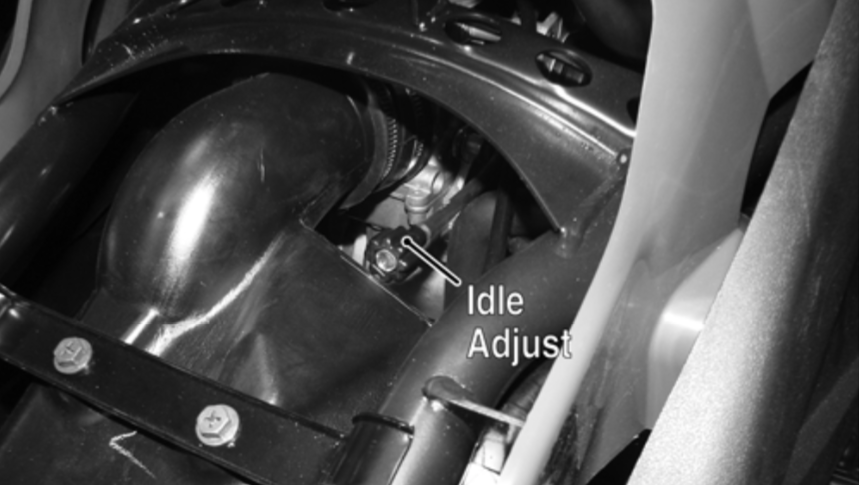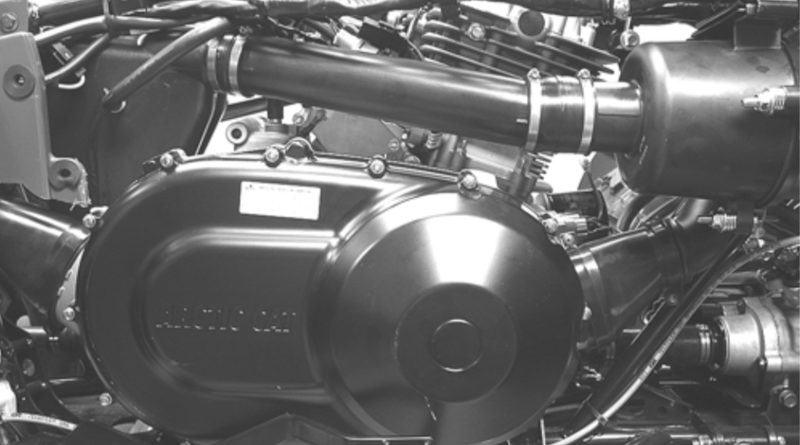How to Adjust Engine RPM Idle 2014-2017 Arctic Cat 400
- This how-to engine RPM idle adjustment information herein is specific to 2014-2015 Arctic Cat 400 and 2016-2017 Alterra 400 models.
Engine idle is when an internal combustion engine runs slowly while out of gear or disengaged from a load. Engine idle, also termed engine RPM stands for revolutions per minute. In ATV’s, RPM measures how many times the engine’s crankshaft revolves. Adjusting engine idle can help fine-tune the engine’s performance and modify it to run slowly or faster in neutral. Use these simple step-by-step instructions if you plan to adjust the engine idle RPM on your 2014 to 2017 Arctic Cat 400 all-terrain-vehicle.
Adjusting Engine Idle
An engine idle tachometer is required to properly adjust the idle RPM. The tachometer digitally displays the idle RMP as you make small alterations so as to achieve manufacturer recommended idle specifications. Keep in mind that the ATV’s engine must reach normal operating temperatures to accurately make adjustments to idle RPM.
- Put transmission in neutral.
- Start and run engine to normal operating engine temperature.
- The idle adjustment screw is located underneath the vehicle’s seat, see image.

Idle Adjustment Screw Location - Connect engine idle tachometer by following the instructions provided with it.
- Rotate the idle adjustment screw in a clockwise direction one full turn past the manufacturer recommended RPM setting; then turn the idle adjustment screw counterclockwise until it is anywhere between 1250-1350 RPM.
Engine Idles Poorly
The engine idle may need to be adjusted for many different reasons. Most commonly an owner is required to adjust the idle speed because they installed a new carburetor or rebuilt the existing carb. In other instances, an owner alters engine idle speed because the engine idles poorly because of a mechanical or electrical problem. If this is the case, you must identify the problem to properly set or restore engine idle speed. Use this troubleshooting guide to trace and correct idling issues. This is the same set of instructions factory trained technicians use to diagnose and correct idle problems.

